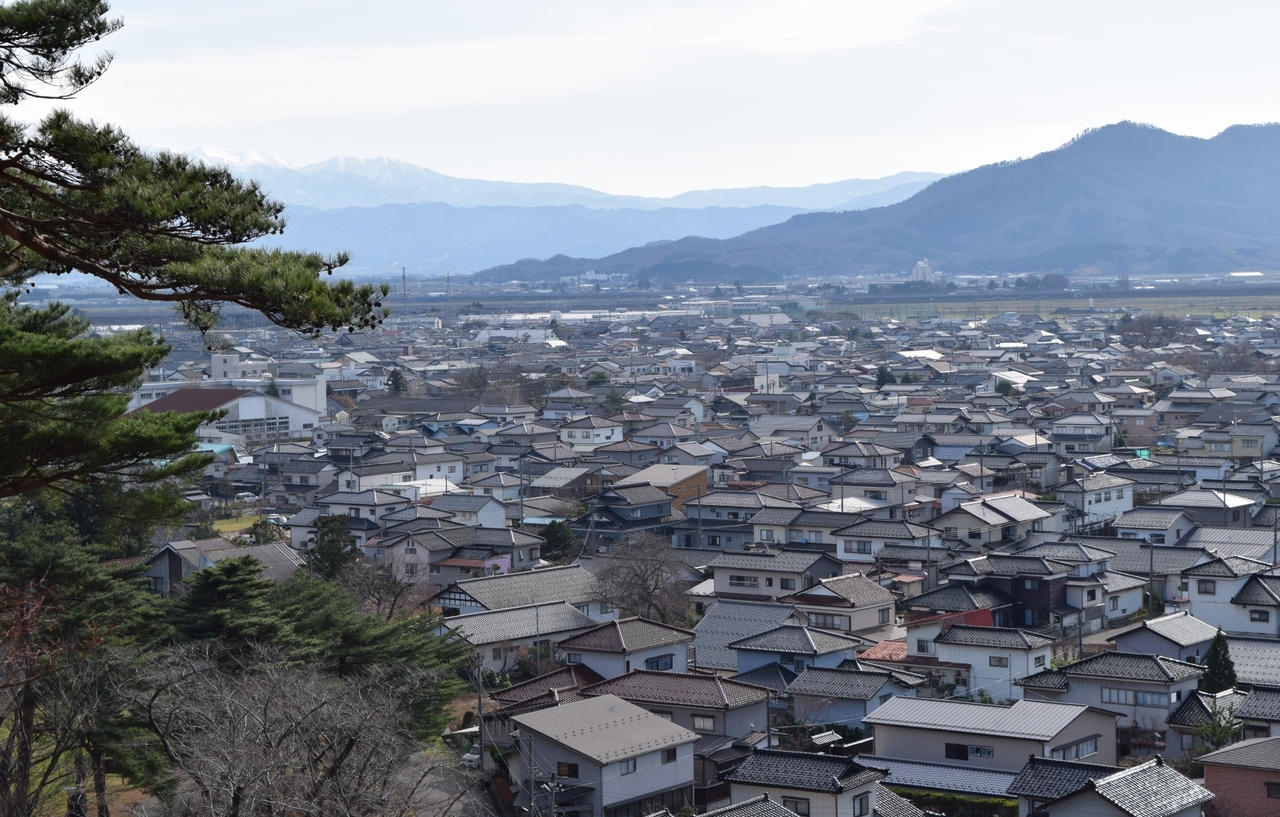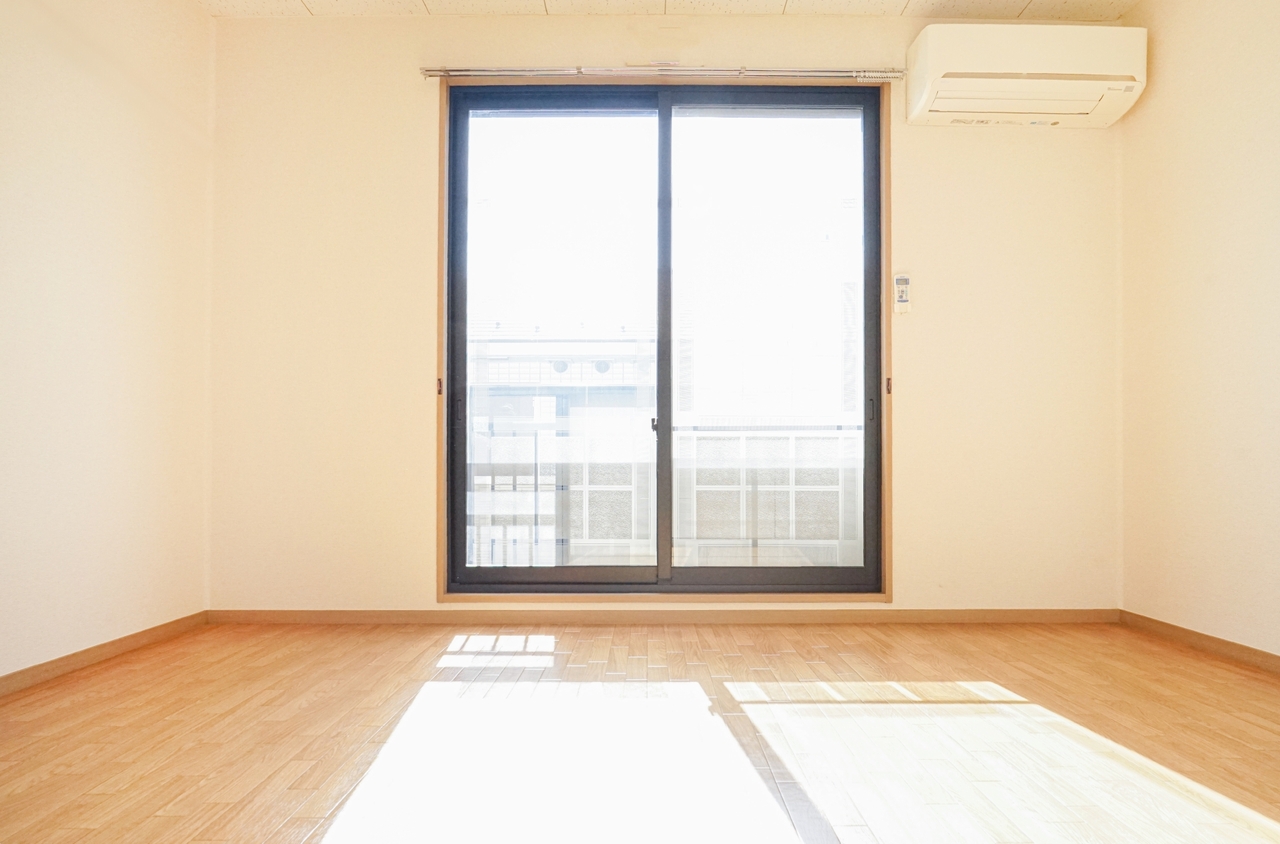
When making the big decision to live and teach in Japan, where should one aim to go?
Is the big city the safe bet, or is the countryside a better experience? Let’s take a look.
Teaching in the Countryside
Countless small villages and towns dot the map of Japan outside of cities. The Japanese countryside supports the country’s agricultural/maritime heritage, and although the teaching opportunities here are few and far between, the experience is unique. The working farmers and fishermen rarely speak English, so these kinds of
assignments often serve primarily children and the elderly.
+ The Good
You may never be able to live in feudal Japan, but the countryside is the
last holdout of Japan’s folk traditions. In smaller towns you’ll quickly become familiar
with the community and have opportunities to make close friendships
– The Bad
There’s a reason even most Japanese leave the countryside: there is not
much going on out here, and life isn’t very convenient… it may even feel backwards.
The train station only gets you out of town, so expect to do a lot of bicycling!
Teaching in the City
Around Japan the larger cities offer a nice balanced experience, with the conveniences of public transport (usually buses) and shopping selection as well as a bit slower pace of life and more familiar faces.
+ The Good
The “average” life in Japan is lived in the cities, and you can enjoy most of the conveniences of modern life. You can meet people from all walks of life. For teachers who choose to make Japan a longer-term stay, the moderate cities provide a good quality of life.
– The Bad
Some complain of boredom, because the charm of supermarkets, suburban houses, and izakaya will only last so long — so the friends and relationships you create will make or break the experience.
Teaching in the Metropolis
The major metropolitan centers like Tokyo and Osaka are vast, continuous urban areas comprised of city after city melded seamlessly into each other. The endless glow of Japan’s modern core is alluring to many and offer unlimited opportunities.
+ The Good
For those of you wanting excitement and the party life, this is it. The biggest cities are where Japan’s ‘modern culture’ develops, so fans of games, pop music, nightclubs and animation are right at home. Teachers can find opportunities with all kinds of schools, and even commuting is no problem with the excellent transportation
network.
– The Bad
Life here is expensive, and living is cramped, hectic, and noisy. And with millions of people living together, it’s not always easy to make meaningful friendships.
Which is right for me?
In the end, you’ll have to balance between what you want, and what you can get! With the job market unsteady at the moment, most teachers aren’t in the position to be extra choosy. But wherever you end up – even if it’s not your dream of teaching in Akihabara or out of Himeji Castle – if you keep your positive attitude and openness to the new, you’ll enjoy the experience. Make the most of it!


